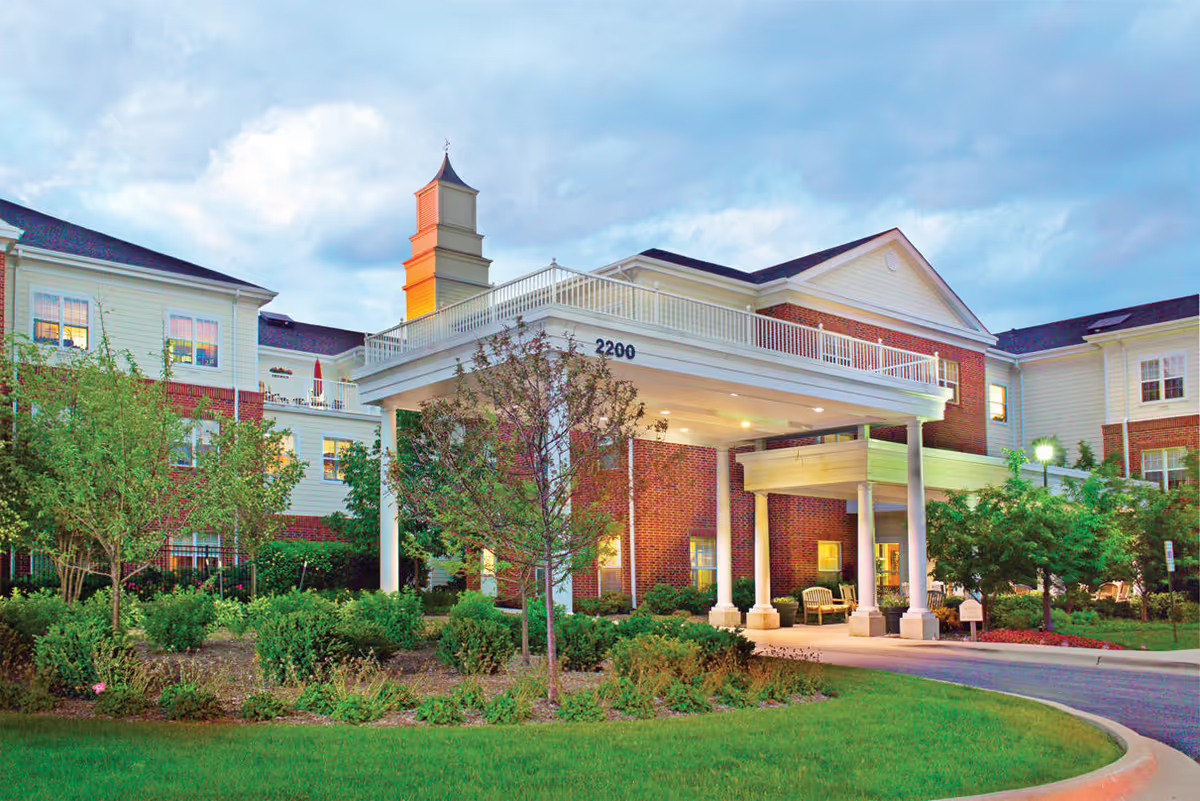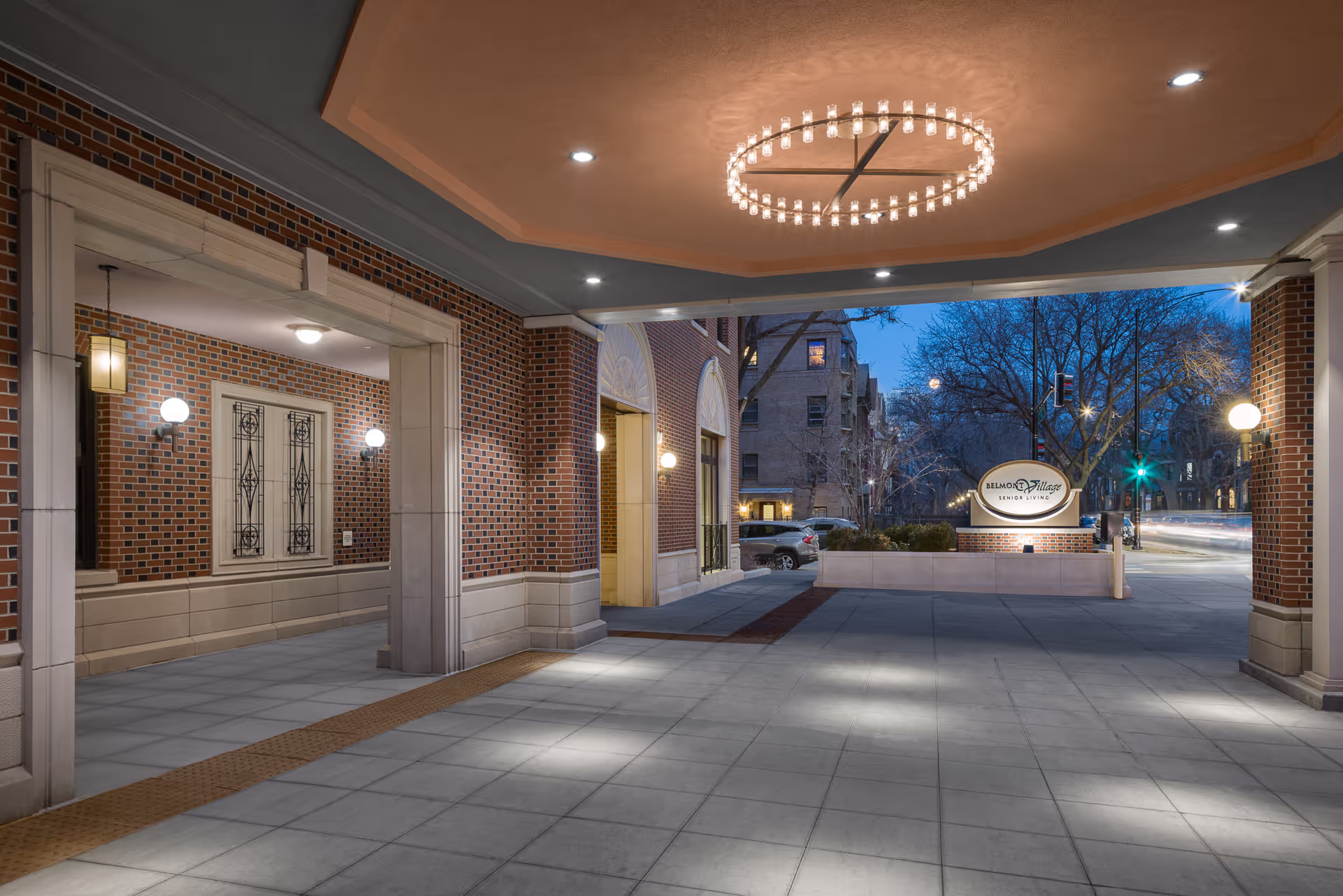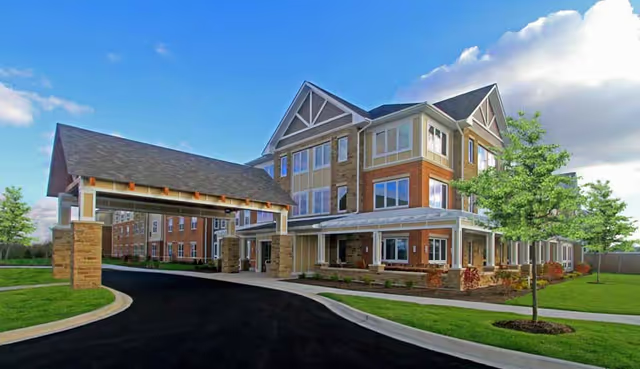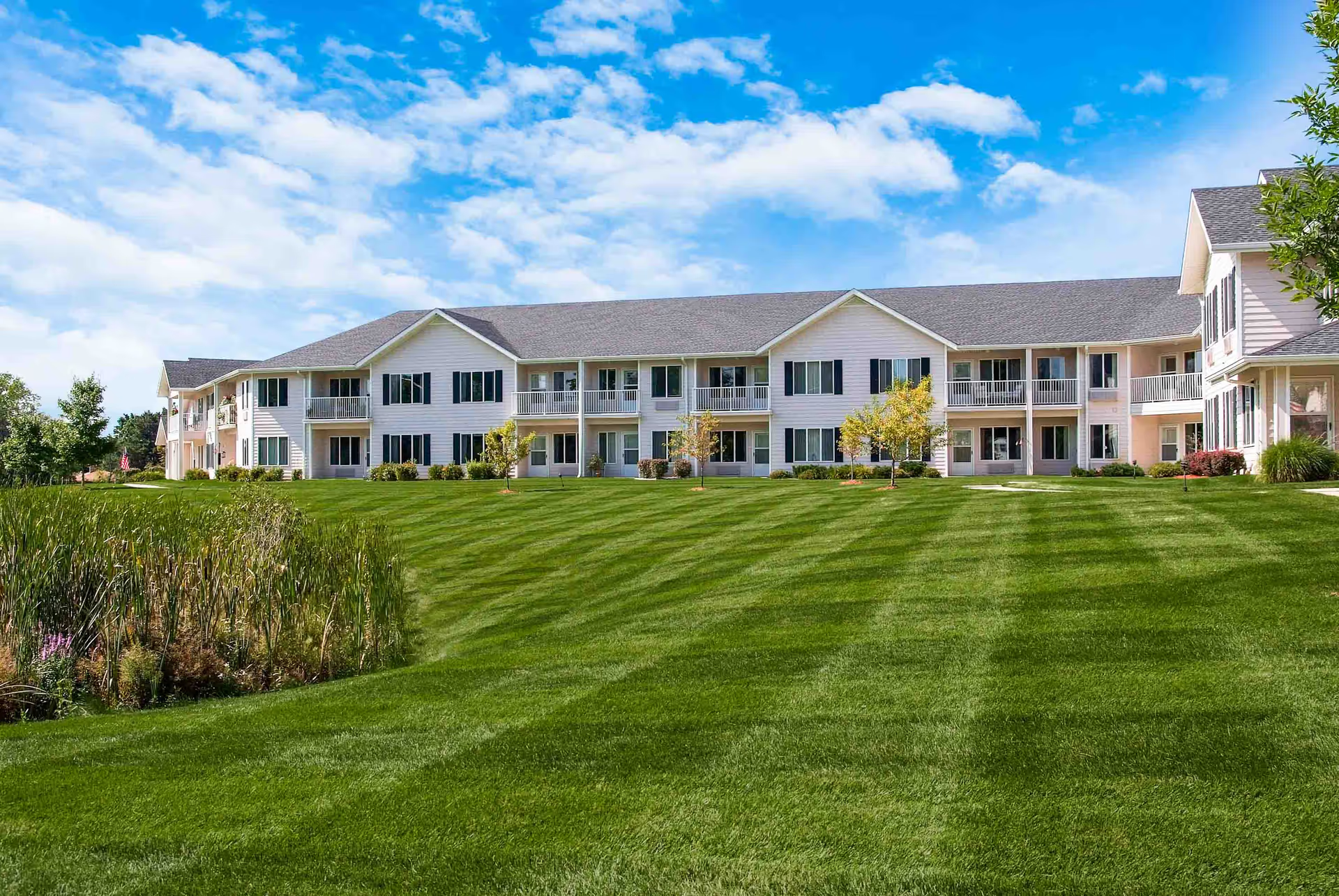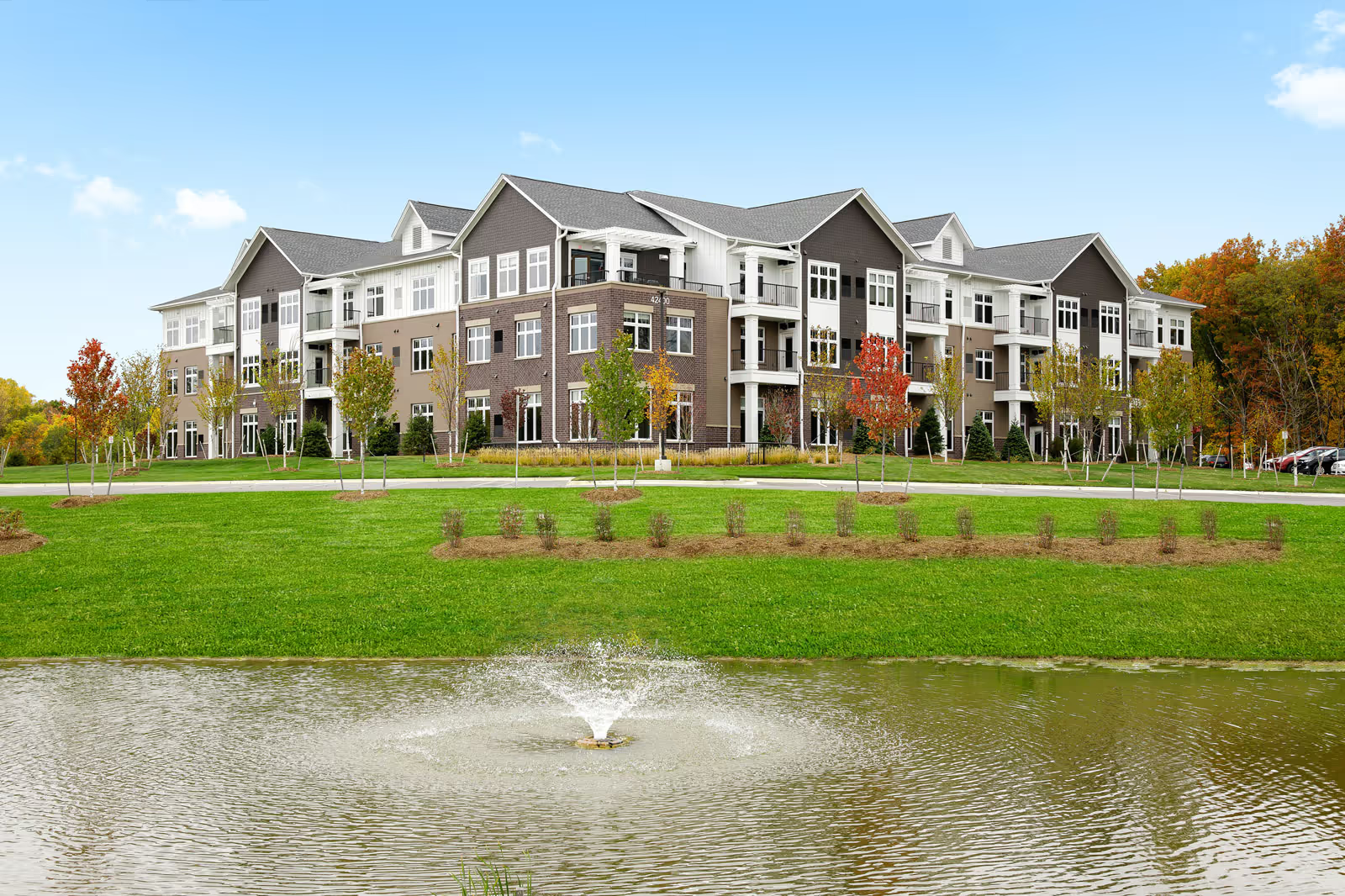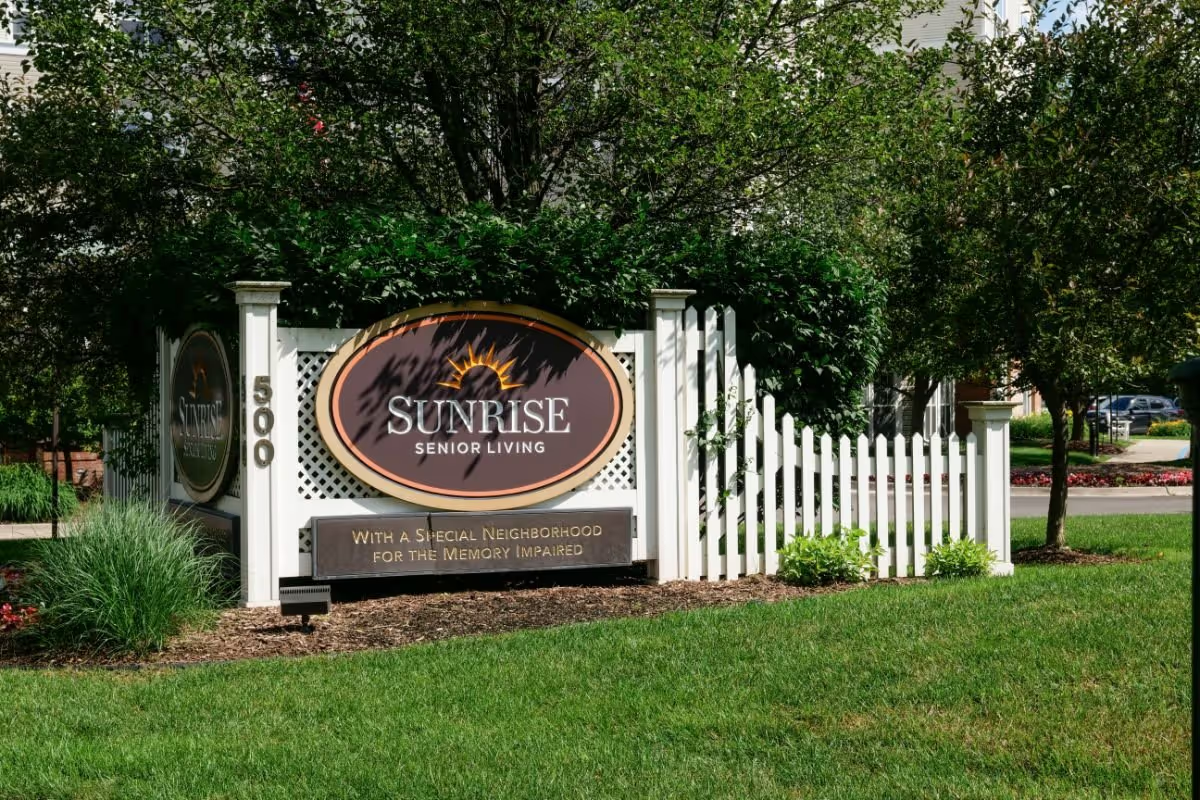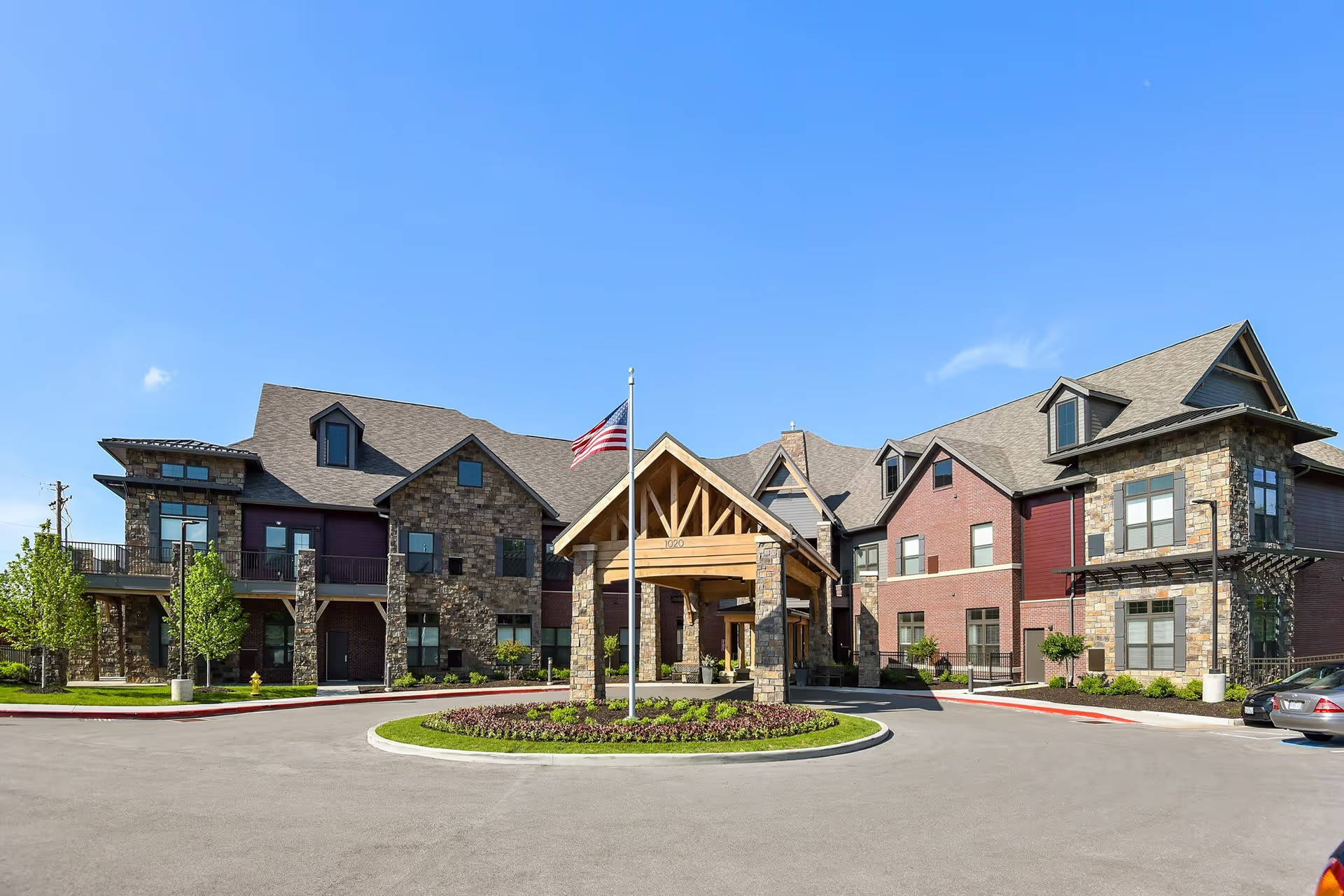Overall sentiment is mixed but leans positive around care quality, staff compassion, and the availability of skilled nursing and rehabilitation services. Many reviewers emphasize that clinical needs are met: there is a 24-hour nurse on site, skilled nursing and the rehab unit are described repeatedly as clean and well-run, and therapy continuity (therapy delivered in a resident's apartment and ongoing transition support) is specifically praised. Several families reported thorough medication checks and attentive nursing communication, and named staff and managers (notably Christian Pineda) as responsive and caring. The facility offers private studios and one-bedroom apartments, an attractive lobby, beauty/barber services, library and multiple dining spaces; these amenities and an all-inclusive pricing/continuum-of-care model are frequently cited as important advantages.
Staff and culture are among the strongest positive themes. Across many reviews staff are described as pleasant, friendly, compassionate, and hands-on. Families frequently mention fast, thoughtful service from nurses and managers, personalized attention, and helpful admissions and touring experiences. For residents who value a small, intimate community and continuity of care (including transfer options to skilled nursing), The Wellshire Morton Grove appears to be a strong fit. The facility also draws praise for cleanliness in many areas, and for offering a variety of activities (arts & crafts, exercise classes, trips) that some residents enjoy.
However, there is a clear and recurring set of operational concerns that temper the positive feedback. Staffing shortages and long wait times for help are reported repeatedly; these shortages appear to affect the timeliness of showers, responses to call buttons, and overall resident engagement. Several reviewers say activities are boring, repetitive, or insufficiently targeted to residents' tastes, while others praise the activity offerings — this split suggests inconsistent programming or varying resident interest. Dining receives mixed reviews: multiple families praise good, varied meals, while others report low-quality food (canned fruit, frozen vegetables) or describe the food as 'terrible.' These divergent accounts indicate variability in food service quality and consistency.
Facility condition and maintenance also show a split. Many reviews describe fresh, bright, attractive public areas and modern-feeling parts of the building; conversely, others report dated sections with worn furniture, patchwork repairs, visible plumbing issues, AC outages, and even an ants infestation. Specific safety and care concerns were called out in a few reviews: a worn or not-installed call button, doors left open on the first floor, and at least one mention of a stage 1–2 bedsore. Those items are significant because they point to pockets of oversight risk despite generally positive accounts of clinical care.
Financial and policy details were noted with clarity by several reviewers: private studio pricing is cited in the $4,750–$5,150 range; the deposit structure was described as a $2,500 deposit with $2,000 refundable after termination (deposit not taken until after assessment); and a 30-day notice policy was mentioned. Reviewers also flagged that additional health-care needs can substantially increase cost, and some felt the facility was expensive for extra care. There are operational complaints such as laundry delays (including reports of paying for laundry that was not done), occasional privacy issues, and limited transport/social options (no community bus), which may matter to families considering residents who want frequent off-site engagement.
Taken together, the reviews depict a facility that excels in clinical rehabilitation and bedside compassion, with a capable, caring staff and useful on-site skilled nursing — making it a solid option for residents who prioritize safety, rehab, and personalized care. At the same time, inconsistency in day-to-day operations (staffing levels, activities, meal quality, and maintenance) creates variability in resident experiences. The divergence in opinions — from highly recommended and ‘top-notch’ to ‘not recommended’ — suggests that experiences may depend on timing, staffing levels, specific neighborhoods within the building, or individual resident needs.
Recommendation-style takeaway: The Wellshire Morton Grove is a strong candidate for families seeking reliable clinical care, rehabilitation services, and compassionate staff in a setting that offers continuum of care and many in-house amenities. Prospective families should tour multiple times, ask about current staffing ratios, maintenance plans (AC/pest control), activity calendars tailored to resident interests, and clarify all fees and deposit/refund mechanics. If the priority is a highly social, modern, consistently active assisted-living environment with flawless maintenance and food-service consistency, families should weigh these mixed reports carefully and compare to alternatives. For residents needing skilled rehab and attentive nursing with the option to age in place, many reviewers found The Wellshire Morton Grove to be a good or excellent fit.
